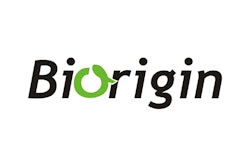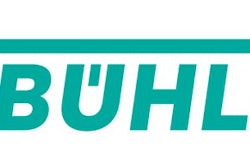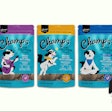
The dryer accounts for 60 percent of thermal energy consumption on the pet food extrusion production line, according to Anders Haubjerg, PhD, senior process engineer for Graintec A/S. By redesigning your processes, you can reduce that energy consumption by up to 70 percent, he said. Haubjerg presented his research on new process designs at Petfood Forum Asia 2018 on March 28 in Bangkok, Thailand.
The design changes Haubjerg has tested and recommends to pet food producers include reusing air from the cooler for the dryer, using a heat exchange system to recover dryer air and using the condenser side of the chiller to preheat dryer air. A more futuristic, revolutionary idea is to use a condenser with a dry cooling tower to recover and reuse process water, which would also recover additional thermal energy. While this latter idea needs more research into process safety and product quality, it, along with the other recommendations, can also significantly reduce odor emissions from the pet food extrusion process.
Douglas Beloskur, product manager of automation for Buhler Aeroglide, also addressed dryer efficiency during Petfood Forum Asia, presenting a case study of using the internet of things (IoT) with a pet food producer to fully automate the drying process and thus prevent over-drying. Reducing over-drying can result in annual savings of US$300,000 in terms of capacity and US$20,000 in energy, Beloskur said.
Connecting with consumers, plus novel proteins and technologies
Other topics covered at Petfood Forum Asia included ways to use the human-animal bond to better connect with consumers in this age of precise pet nutrition, by author Sandy Robins; process solutions for current pet food trends, by Brian Streit of Wenger Manufacturing; alternative protein sources (plants and insects) for creating pet food palatants, by Aurélie de Ratuld, PhD, of Diana Pet Food; health benefits of nutritional lipids beyond regulatory recommendations, by Shiguang Yu, PhD, of DSM Nutritional Products; ways to build a social community to support pet food ecommerce, by Jin Huang of Navarch Petcare; novel technologies to extract pet food nutrients from single-cell organisms, by Dejan Miladinovic of Norwegian University of Life Sciences; and new research on beta-glucans, by Fernando Roberti of Biorigin.
Petfood Forum Asia 2018 was co-located with Victam Asia and will take place again in Bangkok in 2020.
















